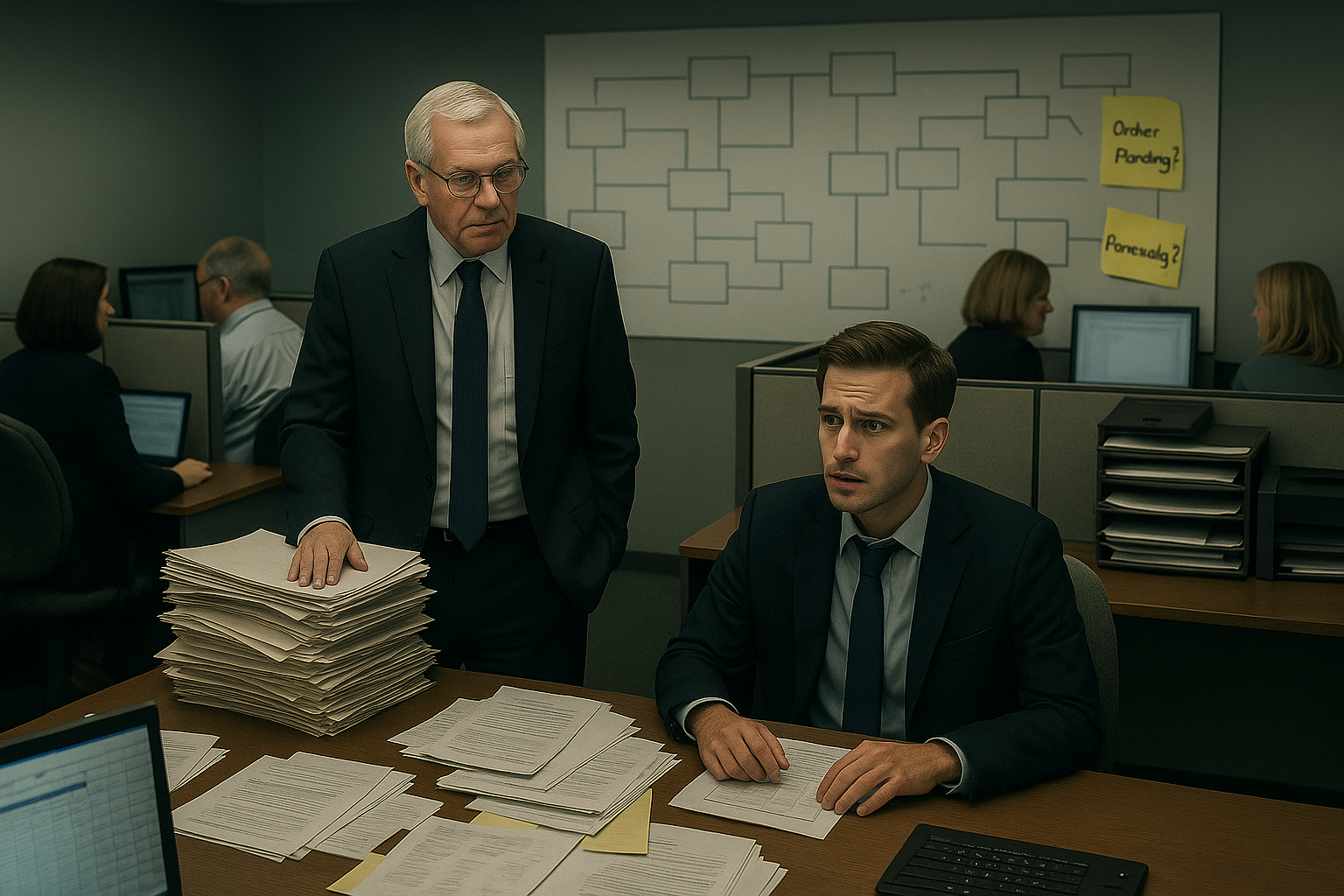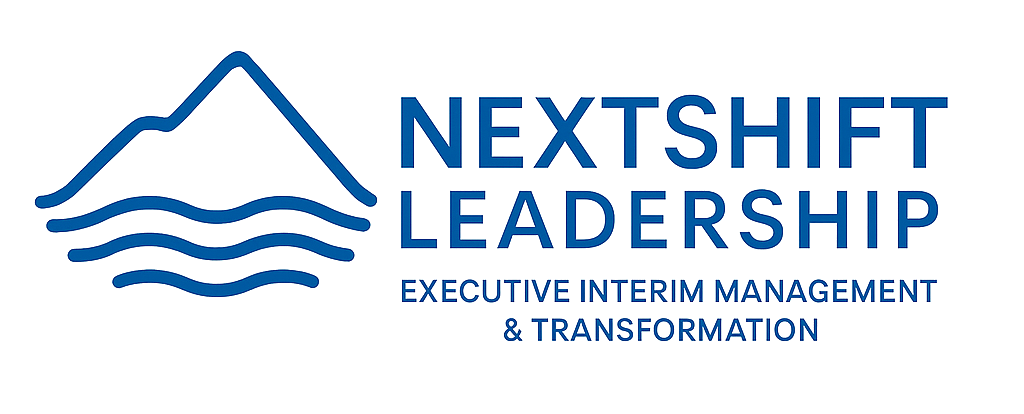Case Study:
Procurement Transformation
Initial Situation
Historically grown procurement structure, fragmented across functions
No standardized processes, roles or responsibilities across 50+ critical subprocesses (e.g., forecasting, order handling, supplier handling)
Lack of transparency despite multi-billion euro purchasing volume
Demographic shift created risk of knowledge loss due to retirements in middle/top management


Actions & Approach
Execution of a transformation project
1. Vision & Organization
Developed a company-wide Operating Model for Procurement
Structured 50+ processes into strategic vs. operational clusters
Introduced cross-functional role models (Key Users, Process Owners, etc.)
2. Process Design & Digitization
Harmonized key processes:
Forecast screening / Order changes / Supplier contracting & risk management
Identified automation potential (e.g., purchase order placement, excess stock monitoring)
Built KPI-driven steering tools (e.g., Inventory Governance Dashboard, Turn KPIs)
3. Leadership & Change
Empowered decentralized strategic purchasing teams
Clearly assigned responsibilities (e.g., scheduling, planning, commodity product ownership)
Integrated Legal, Finance & Sales Ops to optimize T&Cs
4. Execution & Culture Shift
Multi-phase rollout (Pilot → Training → Go-Live → Coaching)
Established ongoing review & lessons learned processes
Positioned the department as a “Business Enabler” – not just a cost center
Results & Impacts
Transparency: 50+ processes clearly defined, KPI ownership established
Efficiency: Reduced coordination overhead via defined role models
Risk Mitigation: Early warning systems for inventory risks, supply gaps & contract issues
Cultural Shift: True collaboration with Sales, Finance & Legal
Sustainability: Identified and developed next-generation leadership talent

